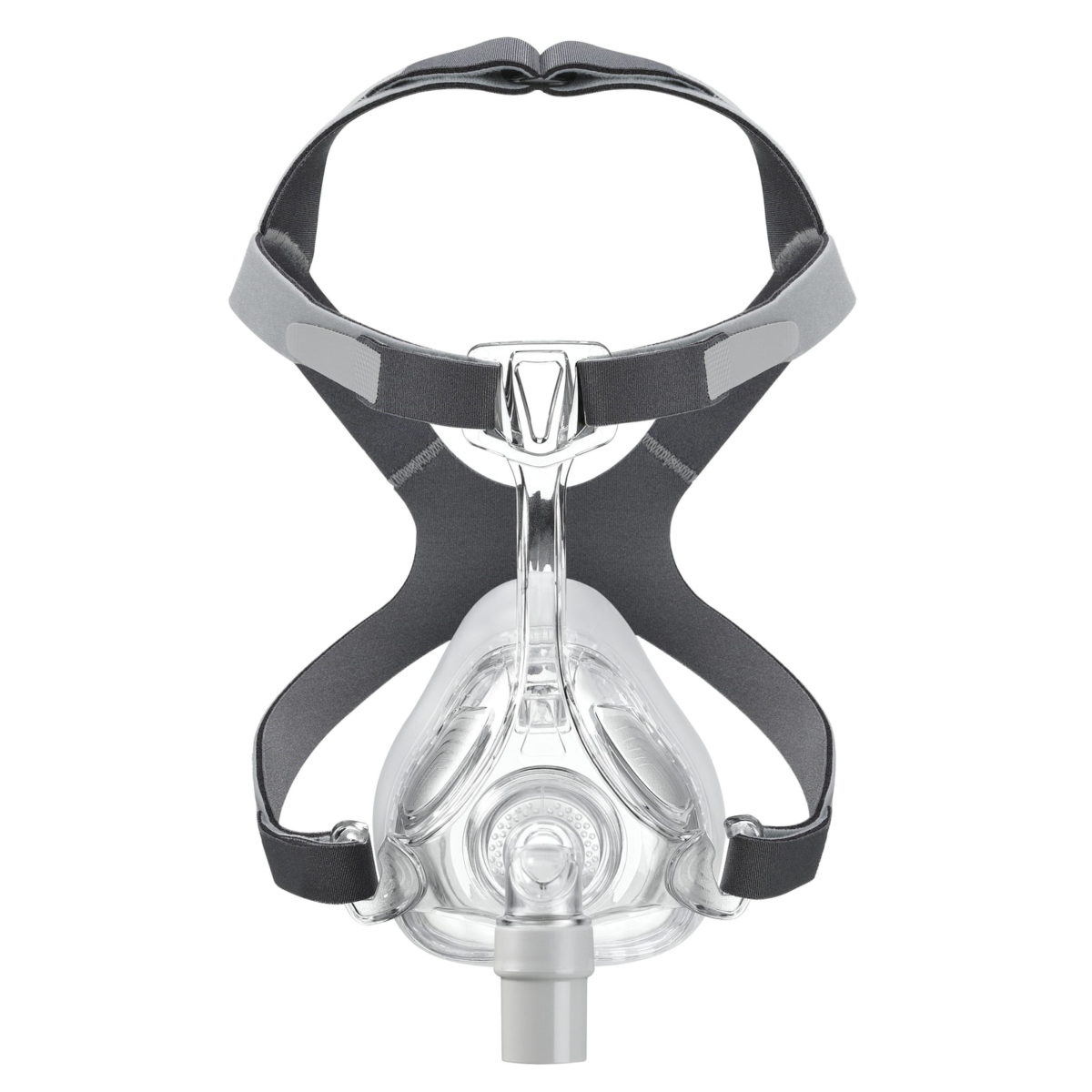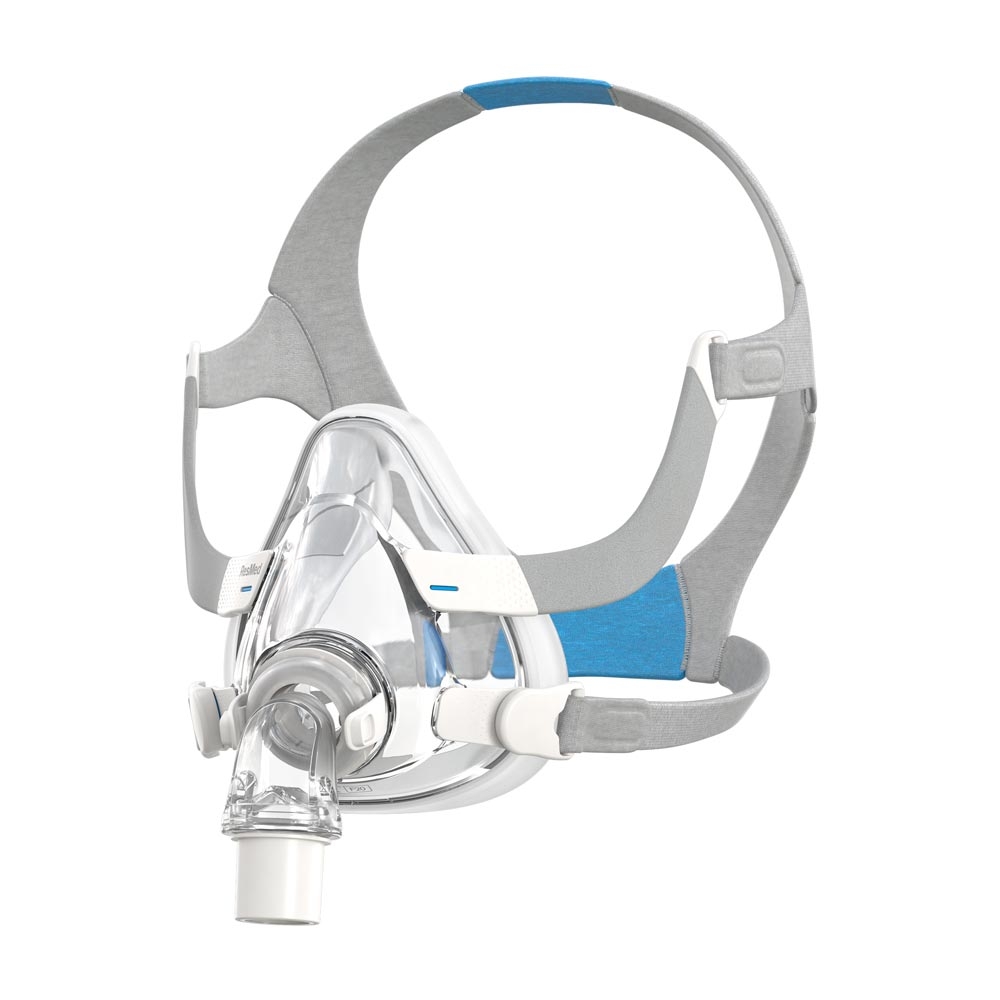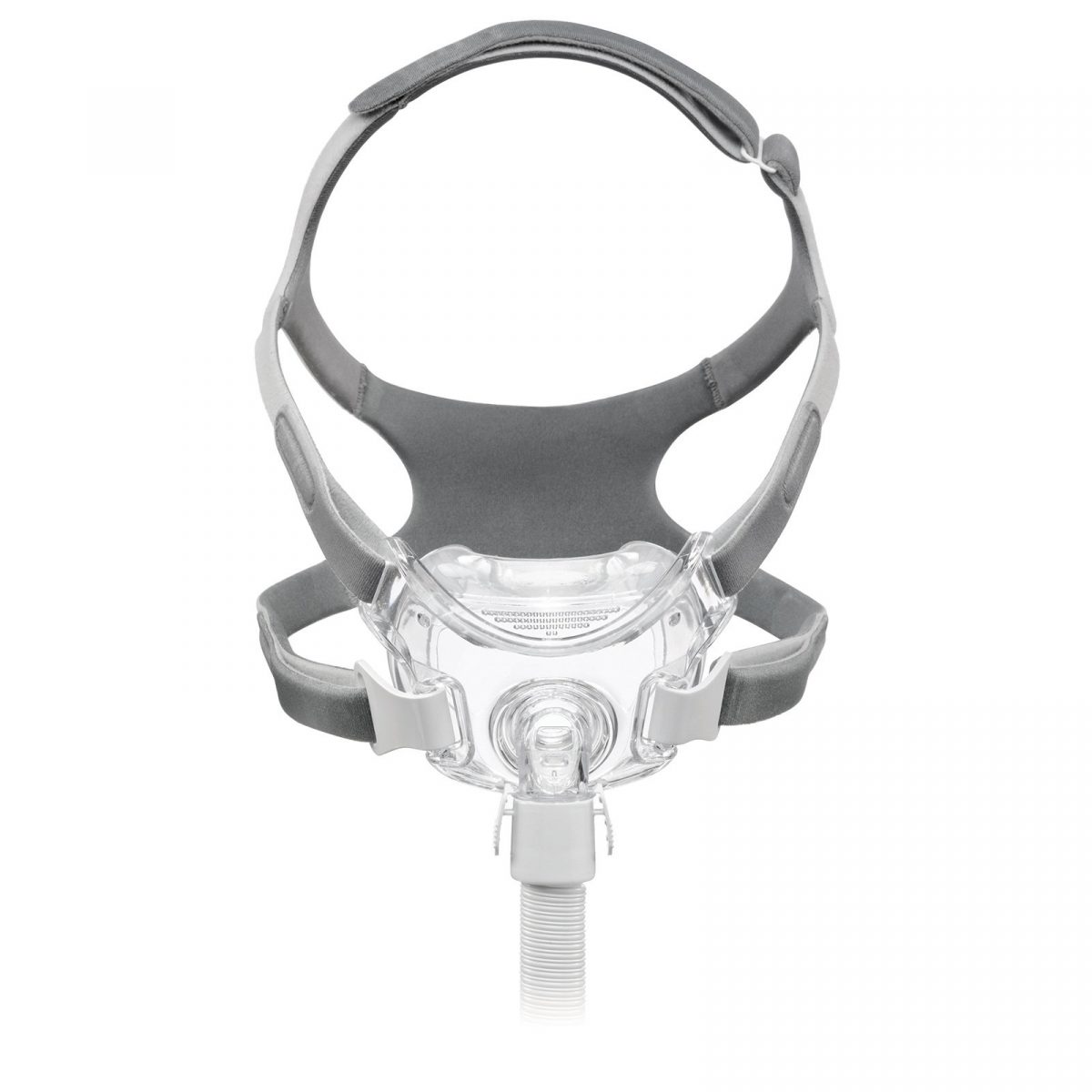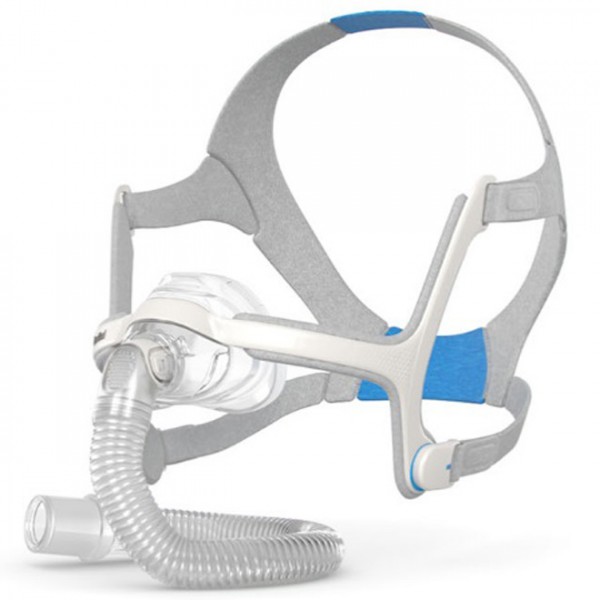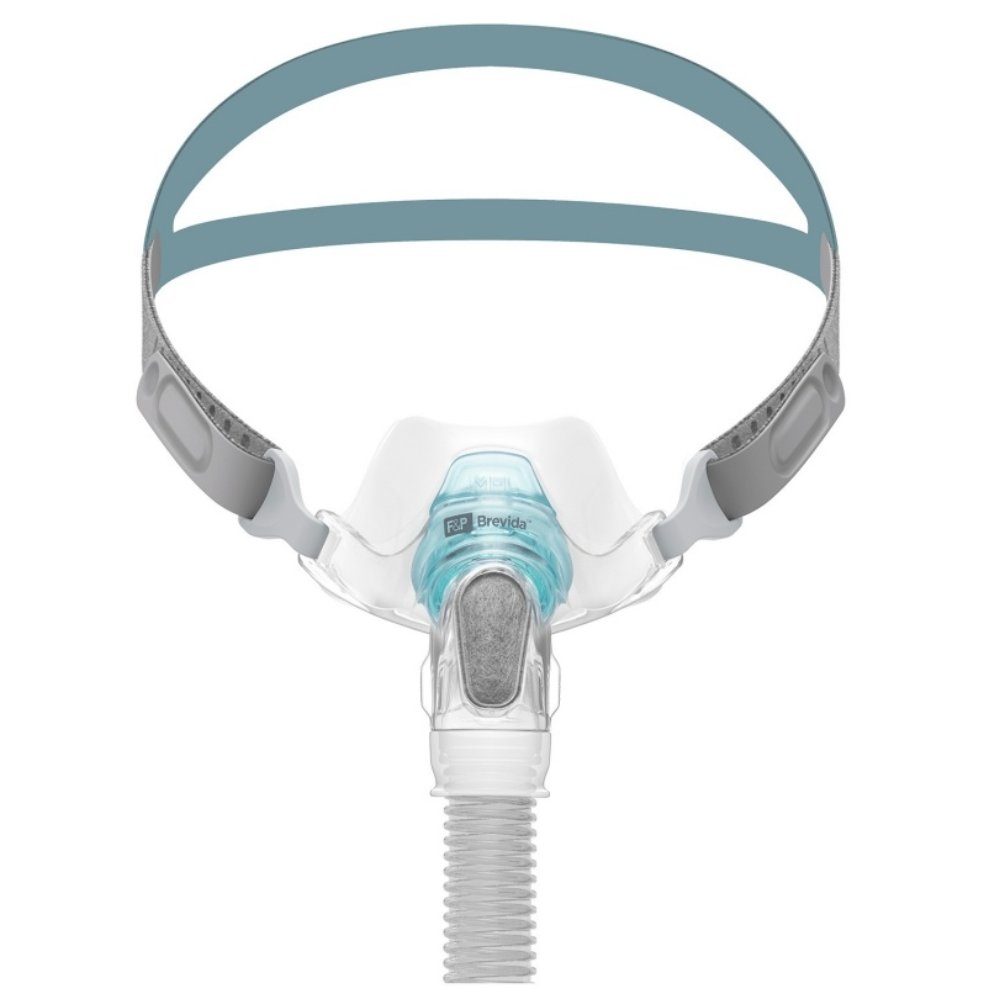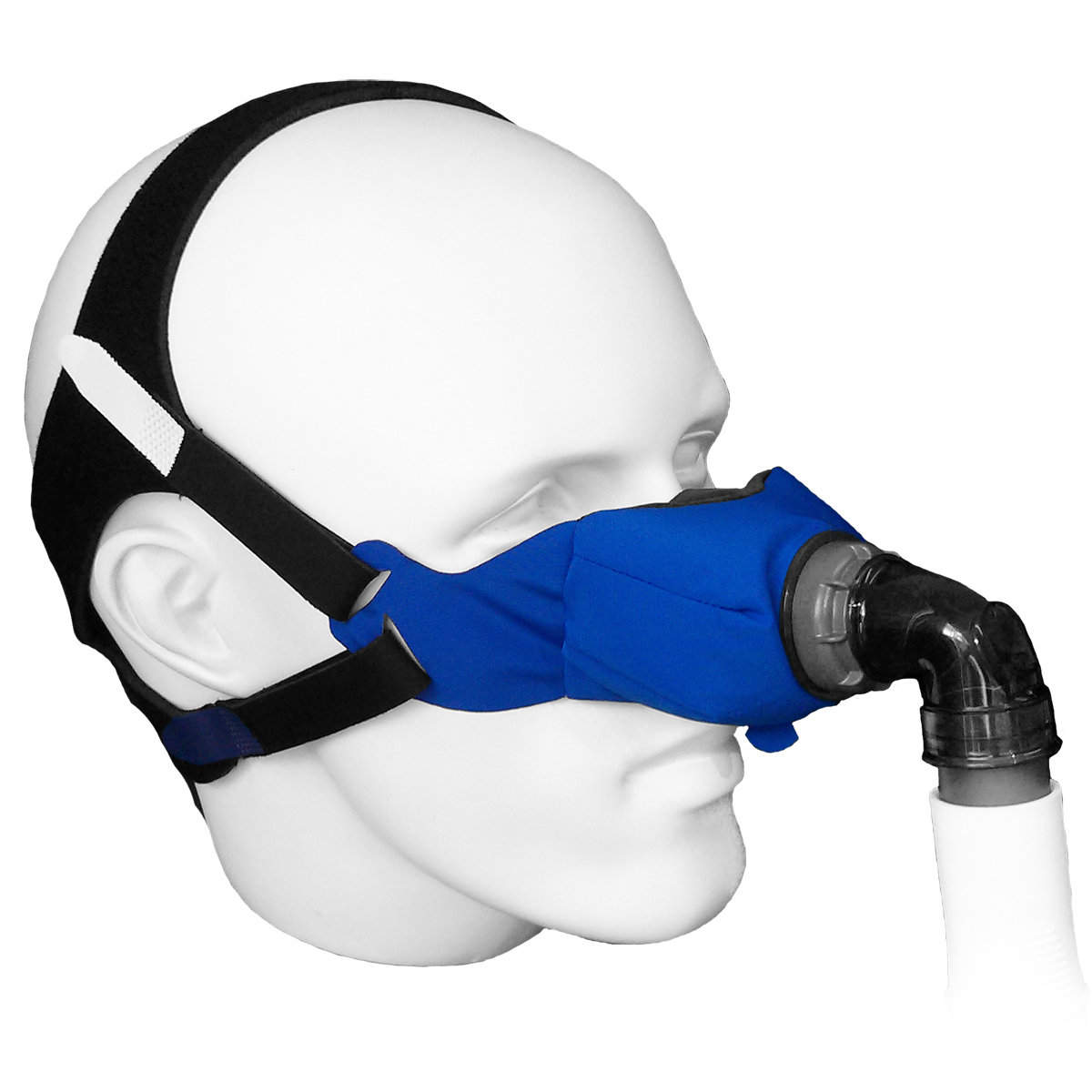Mask-Fit Insurance
When beginning CPAP therapy choosing the best mask can take some time. Finding the correct size and style you need can be challenging when you’ve not used one before. That’s why we created Mask-Fit Insurance.
Mask-fit Insurance is completely unique to Intus Healthcare, designed to make finding your perfect mask simple.
Purchasing insurance gives you 28 days to get used to your new mask. If you find it unsuitable, you can return it for a full refund, provided we receive it back within seven days of being notified.
All eligible masks have the option to add insurance on the product page.
Mask-Fit Insurance: How it works
If you are trying a new mask for the first time, consider adding our Mask-Fit Insurance.
Mask-Fit Insurance costs an additional £14.99 for nasal masks and £19.99 for full face masks and allows you to return the mask for a refund if unsuitable.
The fee for the insurance is non-refundable once the mask is opened, nor are any outgoing postage costs. The mask itself will be refunded in full.
A pre-paid returns label will be included for customers in the UK. We strongly recommend getting proof of postage (which is free), as returns not received cannot be refunded.
For overseas customers, the return postage will need to be arranged by the customer, and this cannot be reimbursed.
Mask-Fit Insurance must be ordered simultaneously with the mask in question and cannot be added retrospectively.
Customers can only add Mask-Fit Insurance to one mask at a time. For example, you cannot purchase two masks with added Mask-Fit Insurance.
Intus Healthcare reserves the right not to honour any orders containing multiple masks purchased with Insurance; please choose which mask you feel is most suitable and select the size required per the sizing guide (if applicable).
If you subsequently determine a different mask or size is required, you can return the first and order the other.
As explained in our returns policy, CPAP masks purchased without insurance cannot be returned/refunded once opened for hygiene reasons.
If you need any further information, please use the chat function, or contact us.
How should a mask fit?
It can take up to a month to get used to a new mask. Getting a proper fit is crucial for effective therapy. Here are some general guidelines on how a mask should fit:
Seal: The mask should create a secure and airtight seal against your face without causing discomfort or pressure points. Ensure that there are no air leaks around the edges of the mask. Leaks can reduce the effectiveness of the therapy.
Nose and Mouth Coverage: Full-face masks cover both the nose and mouth, while nasal masks cover only the nose. Choose the type of mask that suits your breathing pattern.
Strap Adjustment: Adjust the headgear straps to ensure a snug but not overly tight fit. The straps should be tight enough to prevent air leaks but not so tight that they cause discomfort or leave marks on your skin. Straps should be evenly adjusted on both sides of your head.
Position: Position the mask on your face in a way that it sits comfortably without putting pressure on the bridge of your nose, eyes, or forehead.
Comfort: The mask should be comfortable to wear throughout the night. If you experience discomfort or pain, it may be a sign that the mask is not fitting properly.
Freedom of Movement: Ensure that the mask allows for natural movement during sleep. It should not restrict your ability to turn over or change sleeping positions.
Size: Masks come in different sizes. Follow the manufacturer’s guidelines to determine the right size for your face. Sizes can vary between different mask models and manufacturers. Sizing guides can be found on the details page for each mask.
Cleaning and Maintenance: Regularly clean your mask according to the manufacturer’s instructions to prevent the buildup of oils, dirt, and bacteria. A clean mask can maintain a better seal.
Replace Parts: Over time, the mask, headgear, and cushion may wear out. Replace these components as recommended by the manufacturer or your healthcare provider to maintain proper function.
It’s important to note that individual preferences and facial features can vary, so finding the right mask may require some trial and error.

